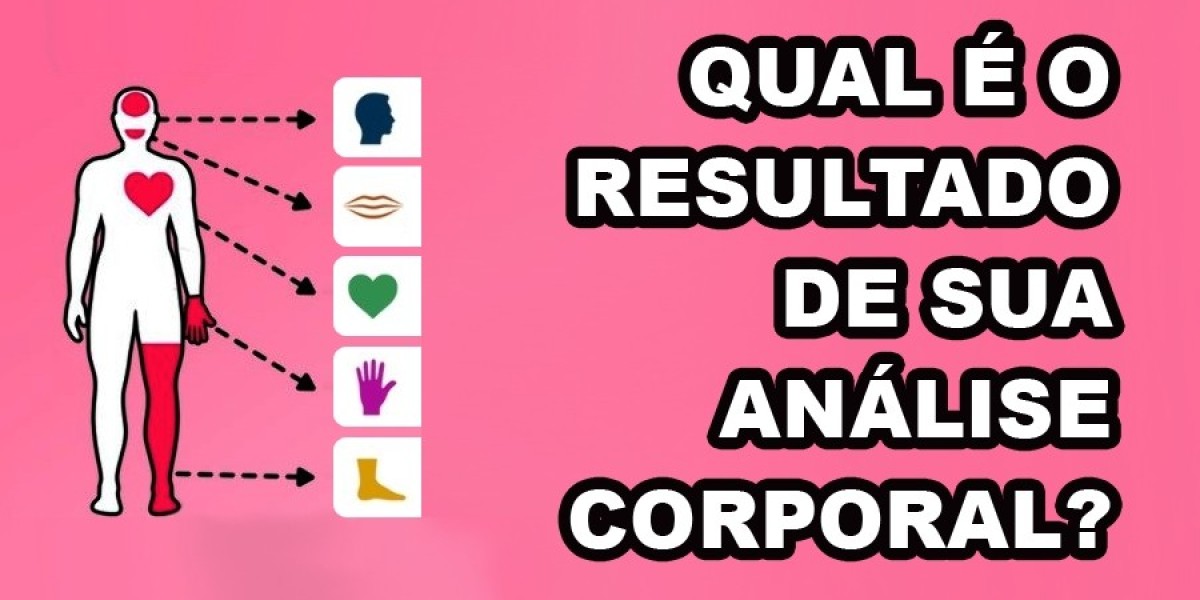Voices
It can also be important to notice that the extent of private distance that individuals have to really feel comfortable can range from tradition to culture. Physical distance at this stage is usually utilized in public talking conditions. Talking in front of a class full of scholars or giving a presentation at work are good examples of such conditions. On the opposite hand, breaking eye contact and regularly wanting away might indicate that the person is distracted, uncomfortable, or trying to hide his or her actual emotions.
In private relationships, nonverbal communication fosters emotional connections, conveys belief, and enriches the depth of interpersonal bonds. Understanding the nonverbal cues of family members, associates, and acquaintances enhances empathy and strengthens the material of relationships. The human face is extraordinarily expressive, in a position to convey numerous feelings with out saying a word. And not like some types of nonverbal communication, facial expressions are common.
However, by staying present and being respectful, you'll be nicely on your approach to understanding tips on how to use physique language successfully. The first step in enhancing your nonverbal communication is to pay attention. Try to see should you can choose up on other individuals's bodily cues as properly as your own. Mouth expressions and movements can be important in studying physique language. For instance, chewing on the bottom lip could point out that the person is experiencing feelings of fear, worry, or insecurity. Nonverbal communication is a quickly flowing back-and-forth process that requires your full give attention to the moment-to-moment experience. There are many books and web sites that offer advice on how to use physique language to your benefit.
Historical Significance
Nodding in settlement indicators understanding, and mirroring the speaker’s gestures fosters a sense of connection. If you get the sense that somebody isn’t being honest or that one thing isn’t including up, you might be choosing up on a mismatch between verbal and nonverbal cues. Eye contact and gaze patterns are one other fascinating side of kinesic conduct. Eye habits can reveal attention, curiosity, emotion, and even deception. A prolonged gaze may signal attraction, whereas rapid blinking might point out stress or discomfort. A person crossing their arms might be feeling defensive – or they may just be cold!
Antagonistic Behavior: Understanding Its Causes, Effects, and Management Strategies
As we navigate via the complexities of human interplay, understanding and successfully using nonverbal communication strategies could be our secret weapon for achievement. Non-verbal communication includes the assorted methods we convey messages and feelings with out words. This contains facial expressions, body language, gestures, eye contact, posture, and even the tone and tempo of our voices. It forms a vital part of how we communicate, usually saying more about our true feelings and intentions than our words ever could. Facial expressions are one of the most common forms of nonverbal communication. A smile, a frown, a raised eyebrow—these easy gestures can convey a variety of emotions with none want for words. Research has shown that certain facial expressions, such as happiness, unhappiness, anger, and concern, are universally recognised throughout completely different cultures.
Nonverbal Communication: The Silent Language of Body Language
 Conectar emocionalmente con un hombre necesita comprensión, comunicación eficaz, empatía y vulnerabilidad. Al continuar estas pautas, puedes construir un vínculo profundo y importante que fortalecerá tu relación. Ten en cuenta que construir una conexión emocional lleva tiempo y esfuerzo, pero los frutos de una conexión sólida hacen que el viaje valga la pena. Para resumir, hacer una conexión genuina con otra persona va más allá de las relaciones superficiales; implica entrenar la escucha activa, mostrar empatía, ser auténtico y estar presto a ser vulnerable. Al cultivar estos puntos en nuestras relaciones entre personas, tenemos la posibilidad de construir conexiones sentimentales genuinas que perduren en el tiempo y nos enriquezcan tanto a nivel personal como sensible. Para crear una conexión emocional importante con un hombre, es fundamental empezar por cultivar la comunicación abierta y franca.
Conectar emocionalmente con un hombre necesita comprensión, comunicación eficaz, empatía y vulnerabilidad. Al continuar estas pautas, puedes construir un vínculo profundo y importante que fortalecerá tu relación. Ten en cuenta que construir una conexión emocional lleva tiempo y esfuerzo, pero los frutos de una conexión sólida hacen que el viaje valga la pena. Para resumir, hacer una conexión genuina con otra persona va más allá de las relaciones superficiales; implica entrenar la escucha activa, mostrar empatía, ser auténtico y estar presto a ser vulnerable. Al cultivar estos puntos en nuestras relaciones entre personas, tenemos la posibilidad de construir conexiones sentimentales genuinas que perduren en el tiempo y nos enriquezcan tanto a nivel personal como sensible. Para crear una conexión emocional importante con un hombre, es fundamental empezar por cultivar la comunicación abierta y franca.Consejos para crear una conexión emocional con un hombre
Si se gustan, se van a abrir el uno al otro analise de expressão corporal manera natural y edificarán una relación basada en esa conexión sensible. Para conectarse con un hombre a nivel sensible, precisa comunicar abierta y sinceramente sus sentimientos y necesidades. Sin embargo, desarrollar la intimidad emocional es esencial para construir una relación sólida y saludable. Sostener una comunicación abierta y incesante es clave para proteger la conexión emocional en todo el tiempo. Comunicar experiencias cotidianas, inquietudes y alegrías fortalece el vínculo y incentiva la complicidad. La conexión sensible es un aspecto fundamental en cualquier relación, así sea personal o profesional.





